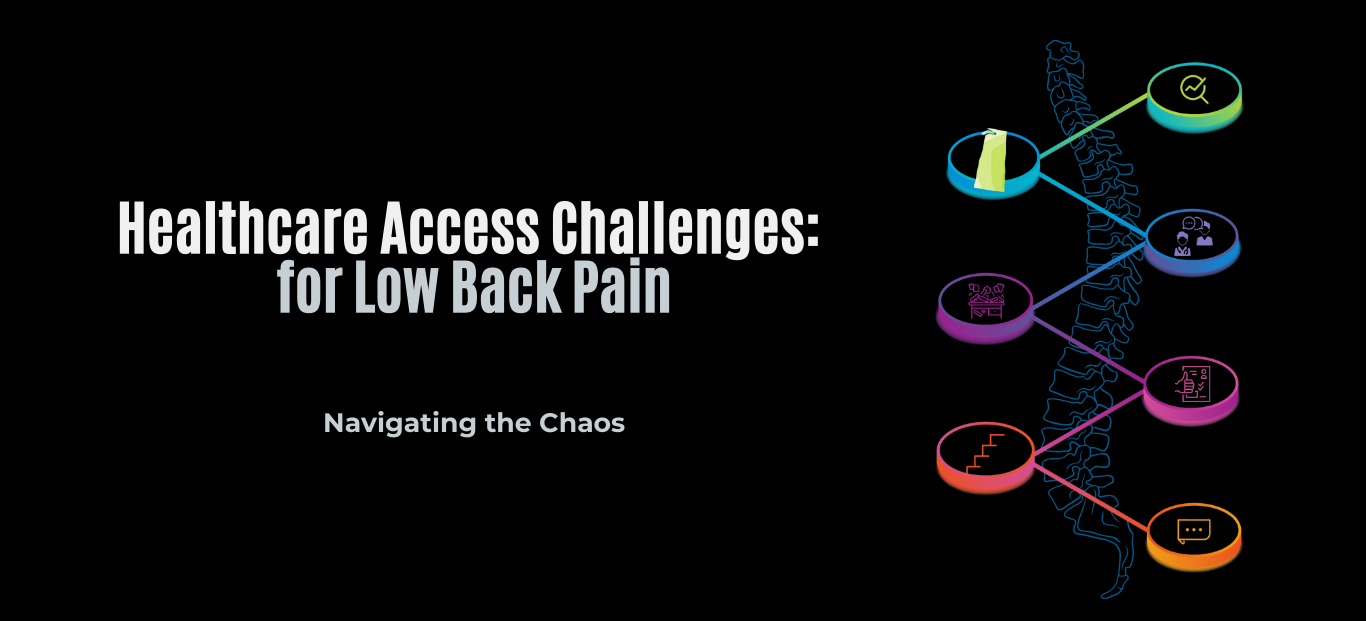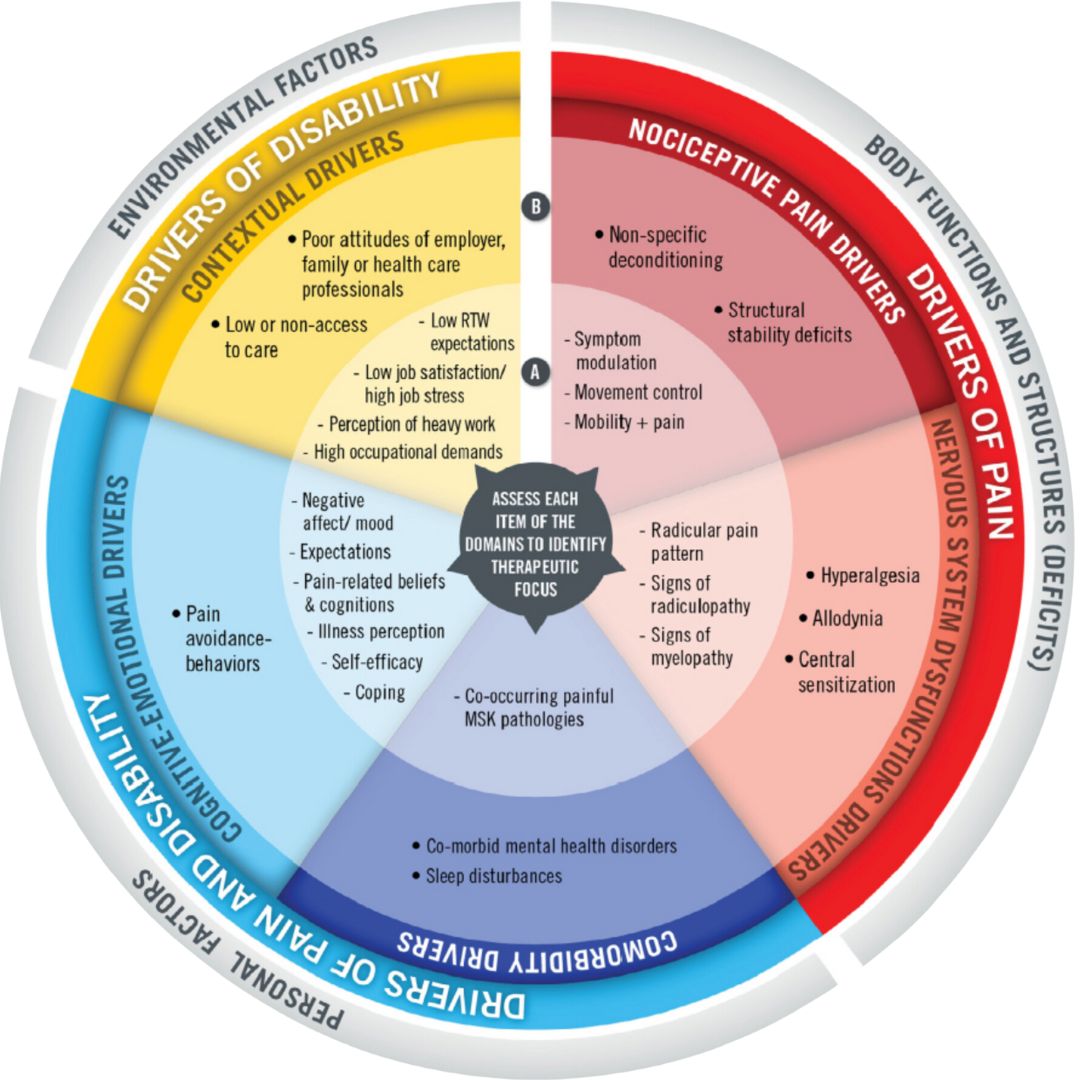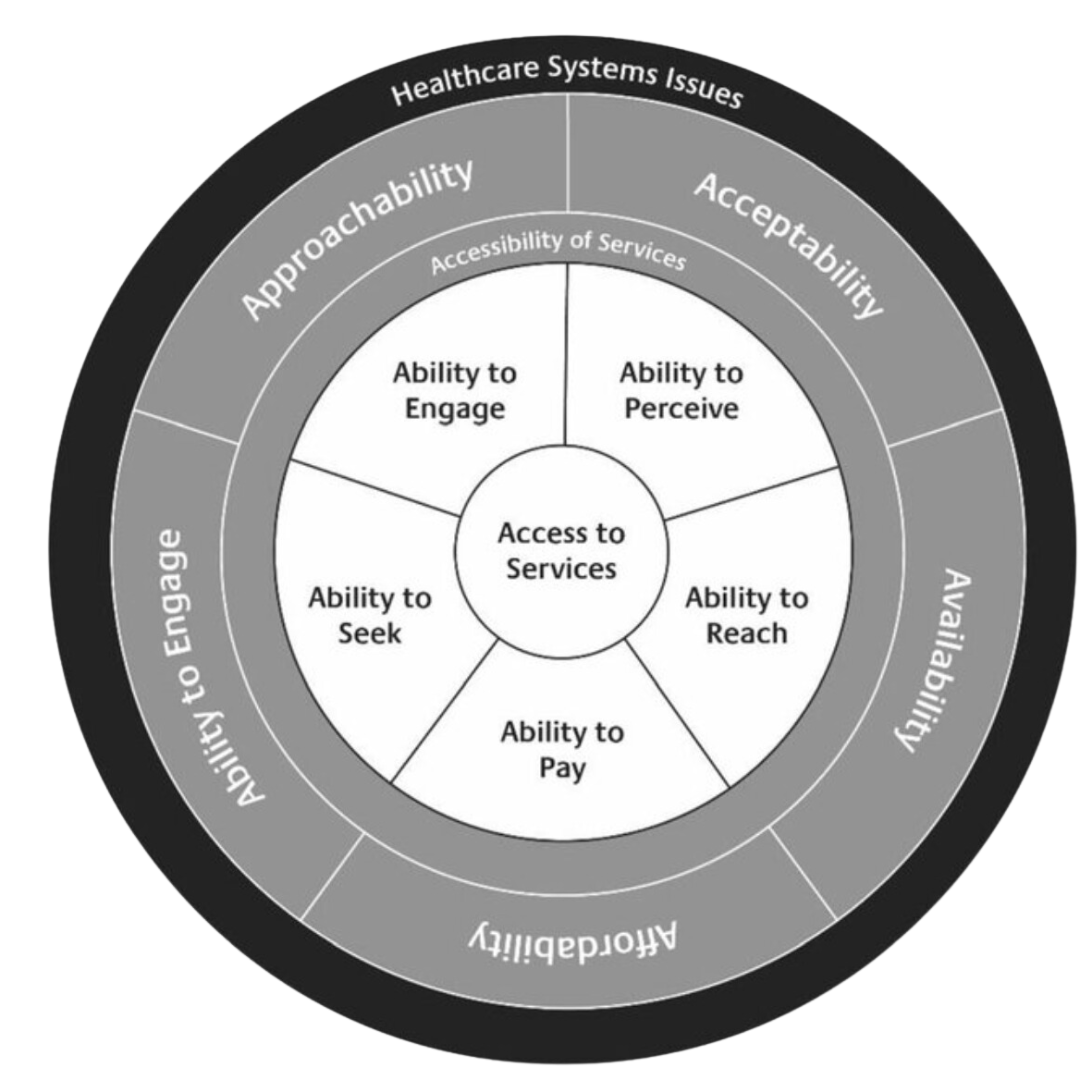
Our Research
Chronic low back pain is a leading cause of disability worldwide, with an estimated lifetime prevalence reported to be as high as 84% in the adult population.
Our focused research on patient and healthcare provider experiences across Saskatchewan is crucial for enhancing quality of care and developing effective treatment strategies and models of care.
By exploring the specific challenges rural, remote, and Indigenous communities face, we can drive improvements in care delivery and ultimately enhance the quality of life for individuals living across Saskatchewan, regardless of geographical location.
“I think that chronic pain and especially low-back pain is often life-altering for a lot of patients, especially patients who suffer with this for a very long period of time.”
The following information includes the main findings of our research investigating experiences of people living with chronic back pain and the healthcare providers who serve them.
We urgently need chronic back pain care models to overcome the barriers identified in our research, to improve access to chronic back pain care, especially in areas with higher rural or Indigenous populations.
Learn more about our research in a downloadable version HERE
- Knowledge of chronic pain and management has evolved; however, many people with chronic low back pain are unaware of management options outside of medication use.
- Misconceptions about management of low back pain remain common. For example, majority of patients still believe that diagnostic imaging is necessary.
- Individuals with chronic low back pain are still confused on who/what/where/when to go for care. Our current model of care doesn't allow for lengthy/complex education. Patients and providers agreed that improving education on chronic back pain would be valuable, but HOW remains a challenge.
Access to Low Back Pain Care in Saskatchewan:
We hosted an event with the goal of bringing together diverse perspectives around the issue of improving access to chronic back pain care in Saskatchewan. The event itself, along with the linked report, were meant to be a platform for identifying promising directions and actionable solutions for enhancing access to care and management strategies for people living with chronic back pain.
- Access to healthcare, as conceptualized by Levesque's model, encompasses not only the availability and affordability of services but also emphasizes the individual's ability to perceive, seek, reach, and ultimately utilize healthcare resources, highlighting the multifaceted nature of healthcare access.
- One in Five Canadians do not have access to a family physician, a statistic that has continued to worsen over the last several years
- In this study, family physicians were the most common health care provider being accessed for low back pain (84.9%), followed by chiropractor (71.4%), physiotherapist (68.5%) and massage therapist (67.4%). *there was a significant difference of these services being accessed between urban and rural residents
- Through a World Café facilitated discussion, 55 multi-stakeholder participants (including facilitators) discussed ways to improve access to physiotherapy services in rural, remote, and Indigenous communities in Saskatchewan. Access the publication here: Community Engagement Integral to Reimagining Rural and Remote Physiotherapy in Saskatchewan
- Chronic low back pain is a complex health condition that leaves many individuals unsure of where to seek care or find self-management strategies.
- Our research team found that patient challenges with the health care system included system navigation, perceived lack of a diagnosis and management plan, not feeling believed, ineffective treatment, and lack of options for non-pharmacological care.
- SaskPain is a website that promotes improved understanding of pain, Saskatchewan-based pain research, and clinical practice improvements that impact people living with pain. Check out their website and the Chronic Pain Pathway for resources and supports, such as:

Chronic low back pain is complex, multi-faceted and can require significant time, engagement, and different types of specialized knowledge to create proper optimal patient-centered management plans

- Healthcare providers play a crucial role in improving access to care for patients with chronic low back pain, but they face numerous challenges in doing so. Our team conducted a study focusing on healthcare provider perspectives of chronic low back pain healthcare access.
- One solution suggested by healthcare providers was to expand access to multidisciplinary care or team-based care, which is a direction also recommended by the Saskatchewan Health Authority, Health Quality Council, Government of Saskatchewan, Canadian Medical Association, among others. The problem of healthcare fragmentation and the need for transformation to multidisciplinary care has been known for many years; however, the transformation required to implement these changes is complex.

- Our research has looked at patient and healthcare provider perspectives and experiences across Saskatchewan. We have learned what is working and what is not working, as well as recommendations on improving access to healthcare for people living with chronic low back pain.
Thank you!
- Funding for this infographic was provided by: Saskatchewan Health Research Foundation
- For more information on this project or our other research, please see our website








